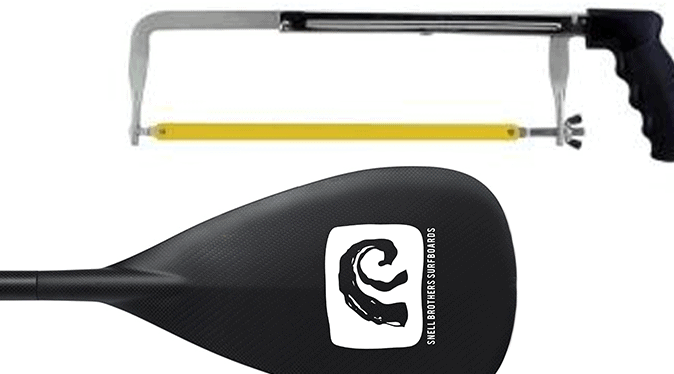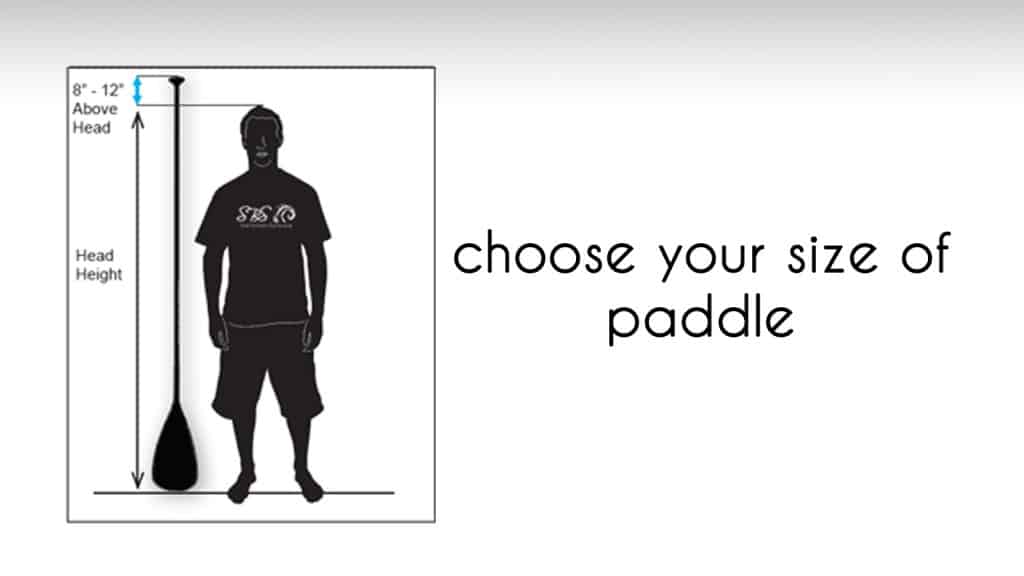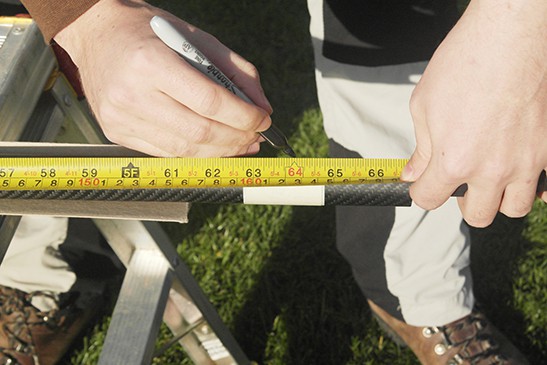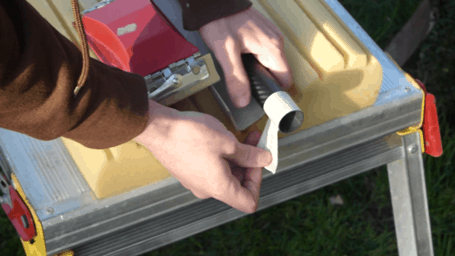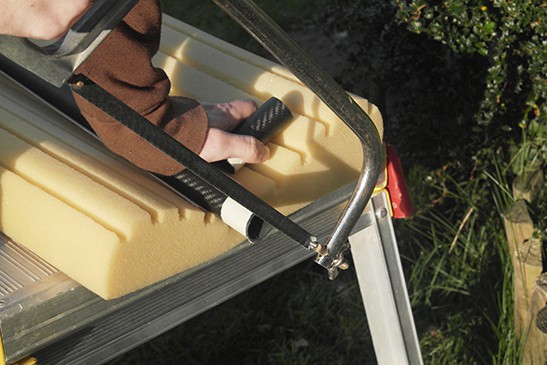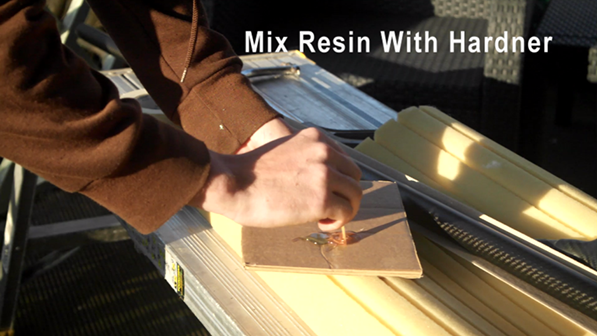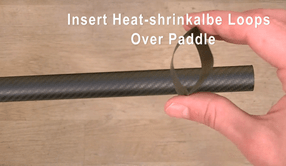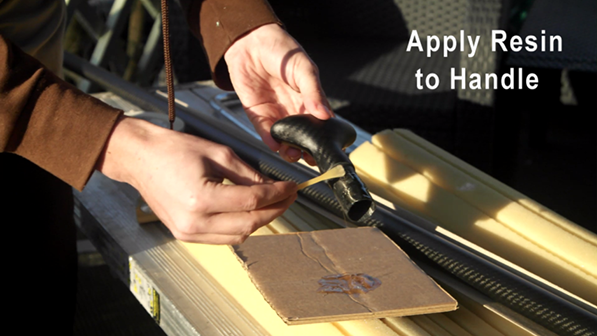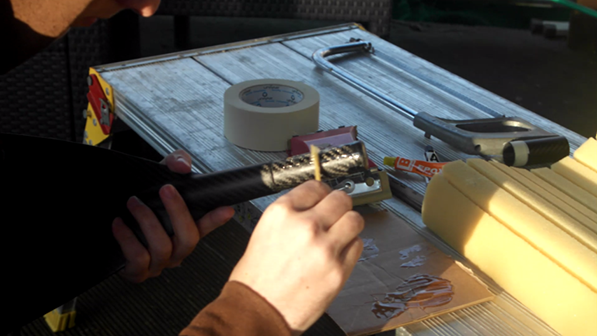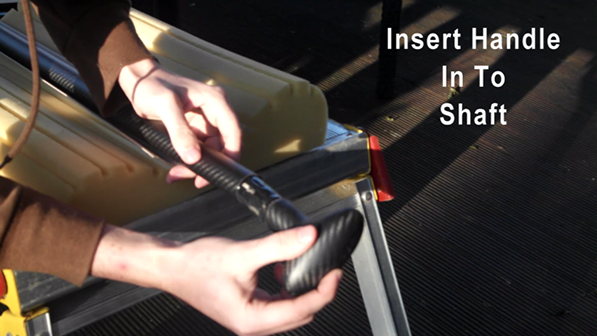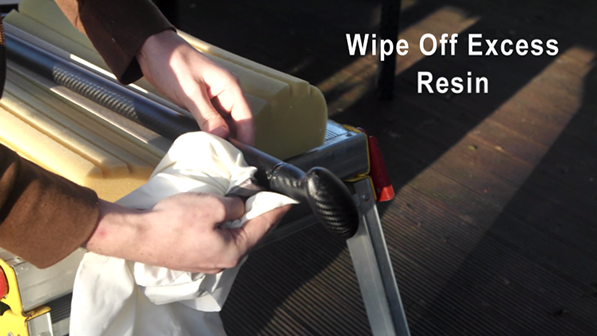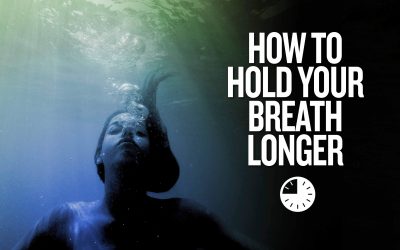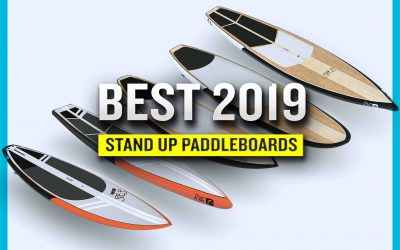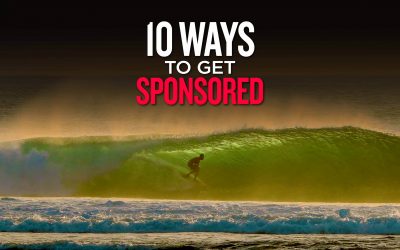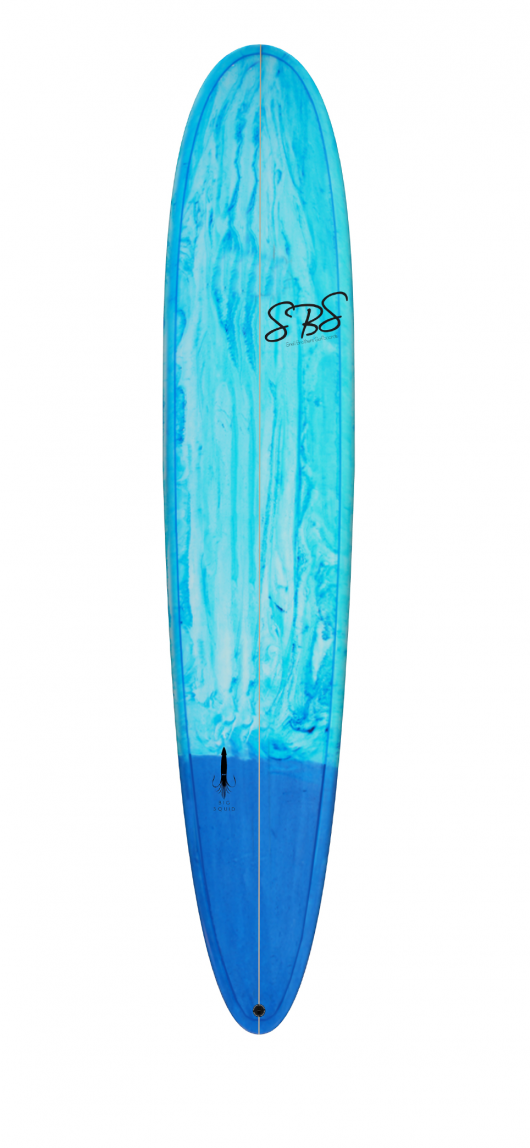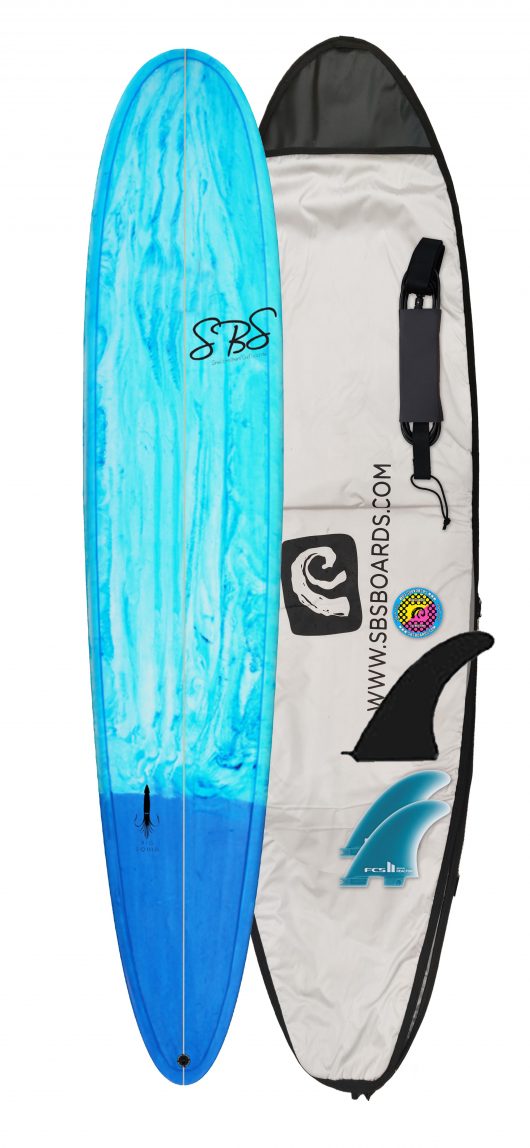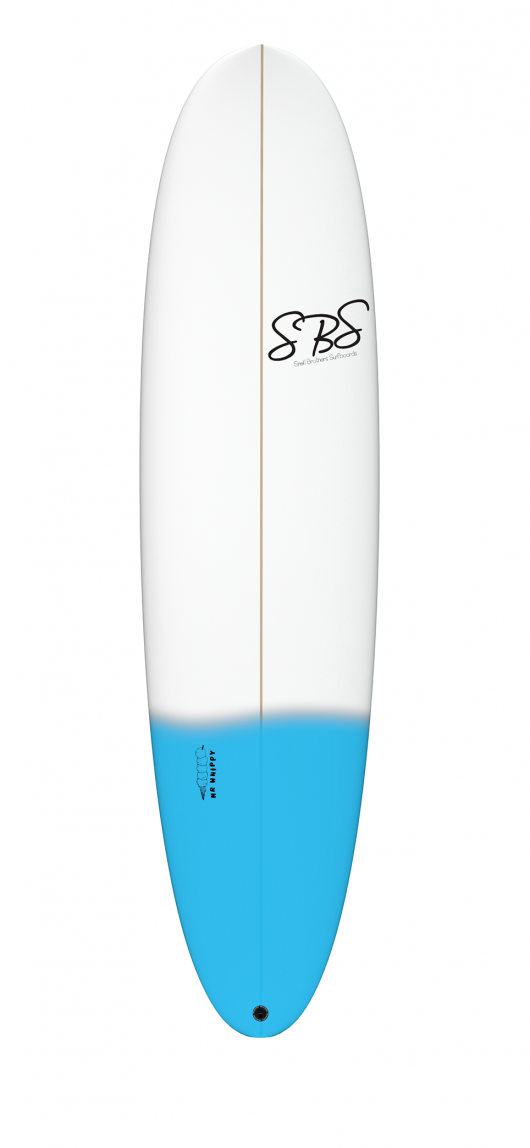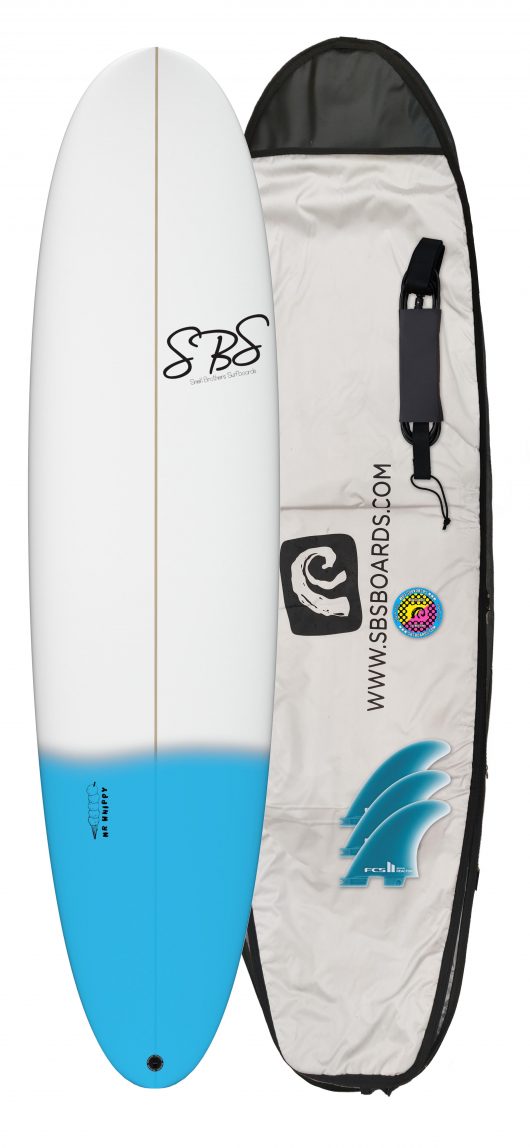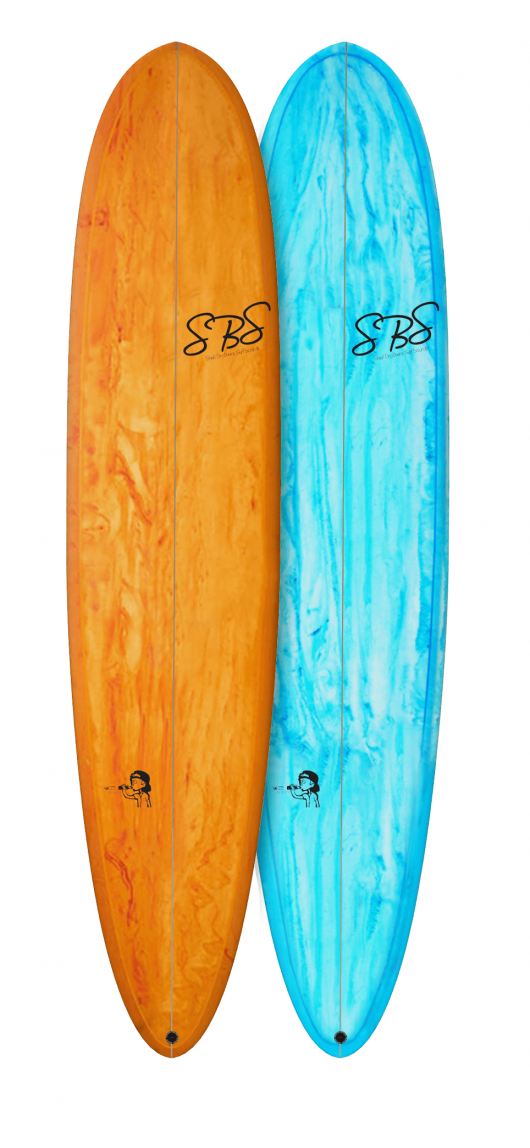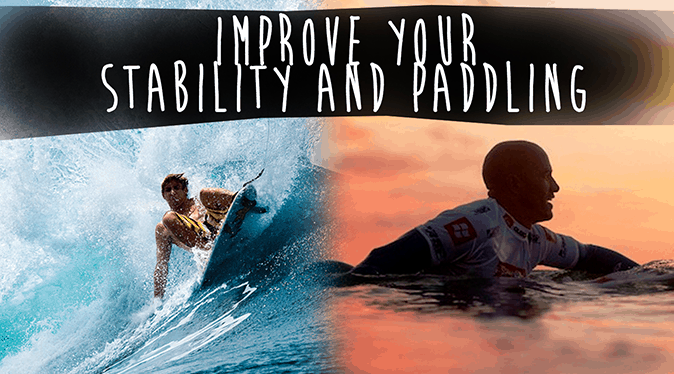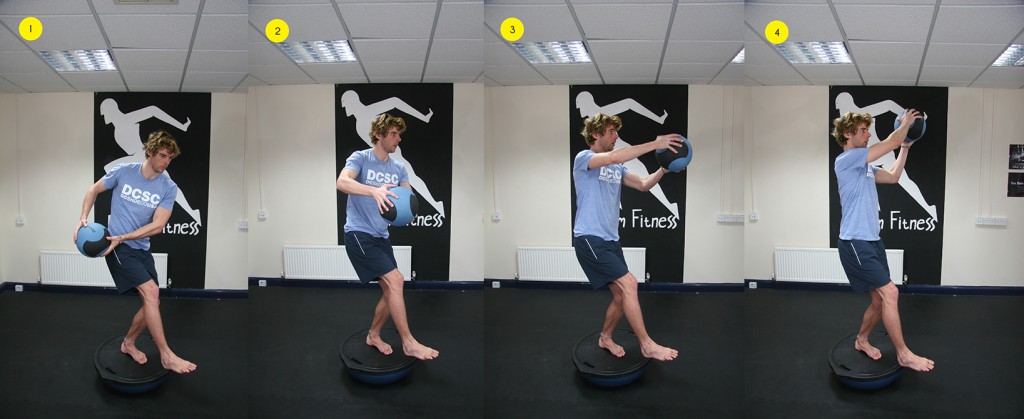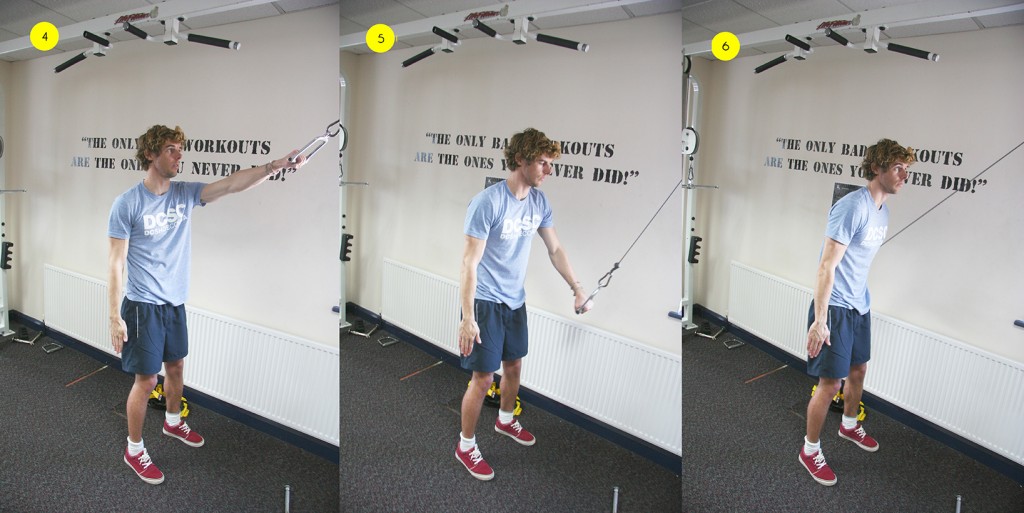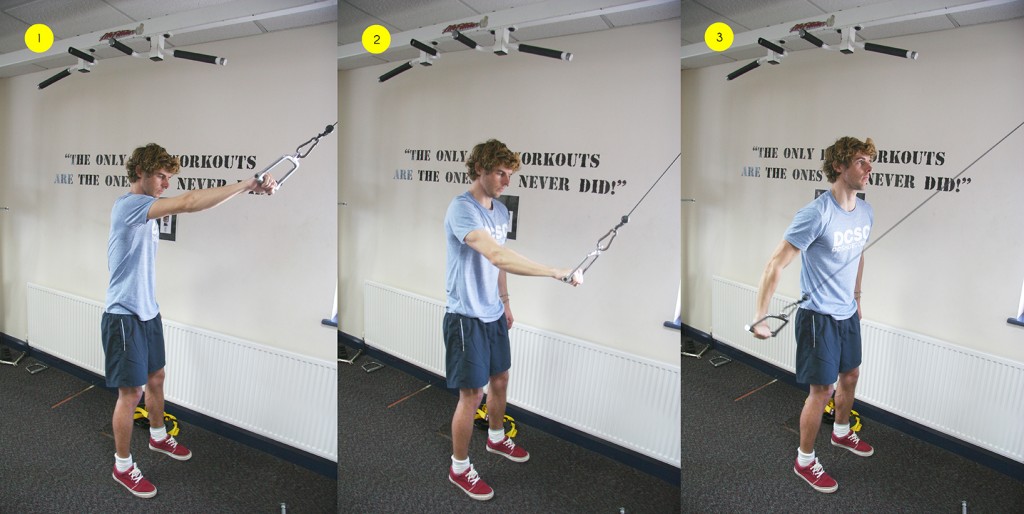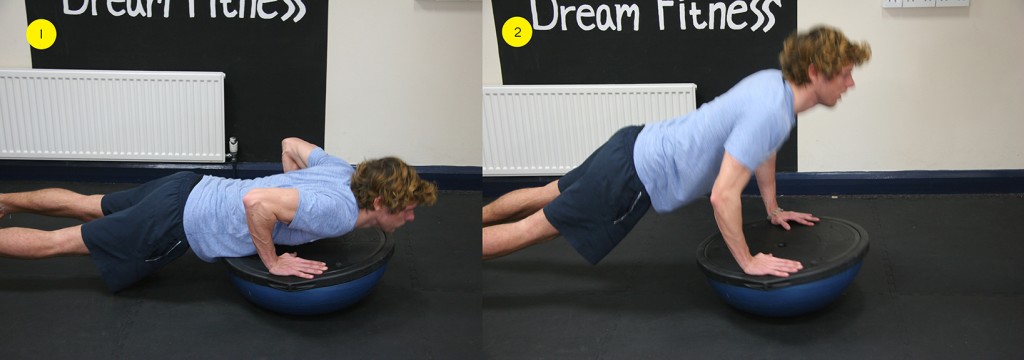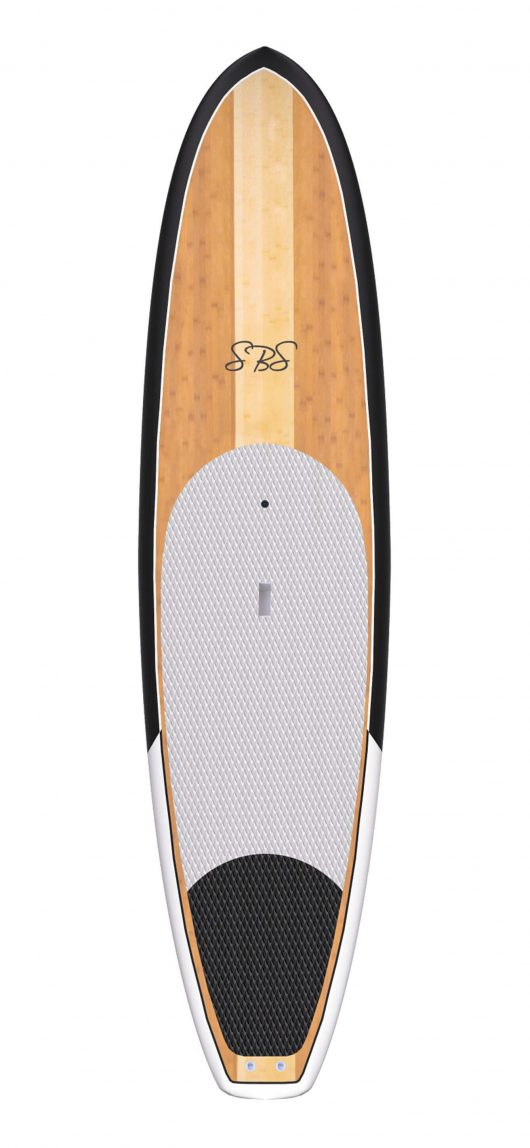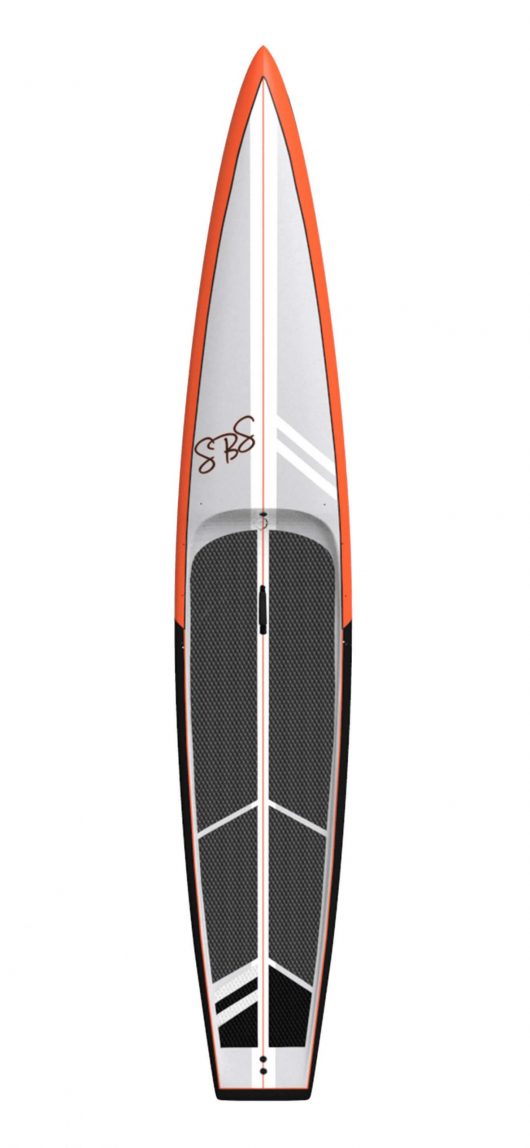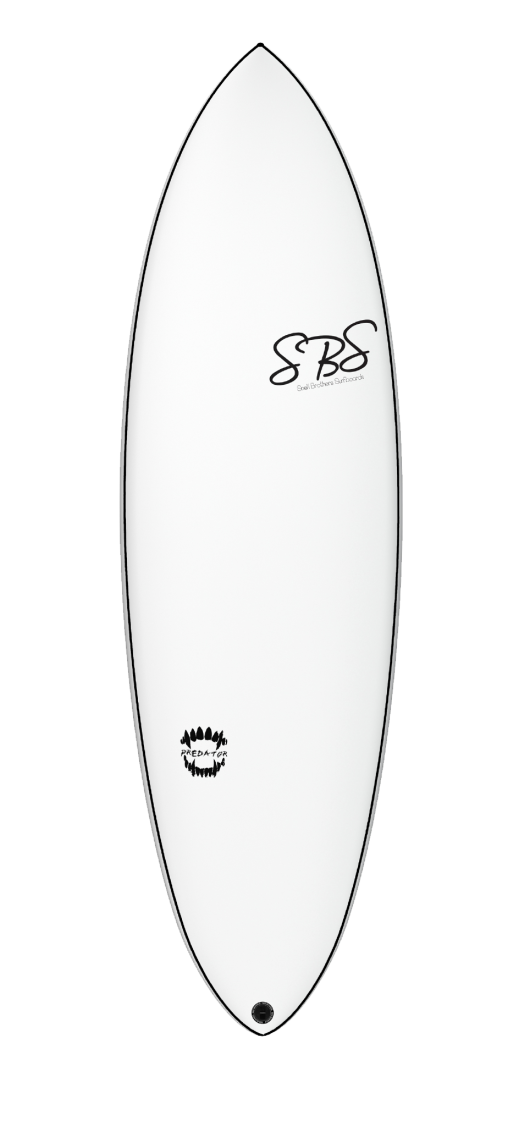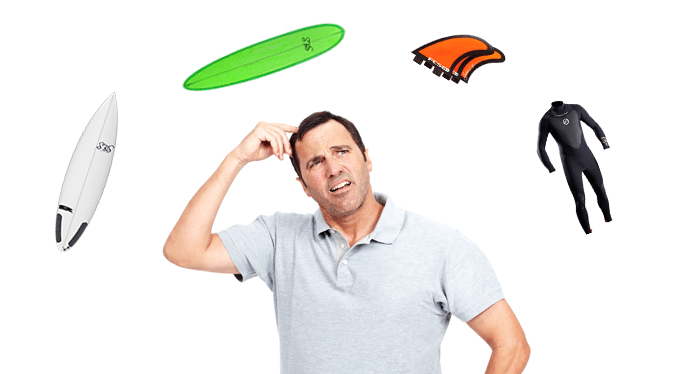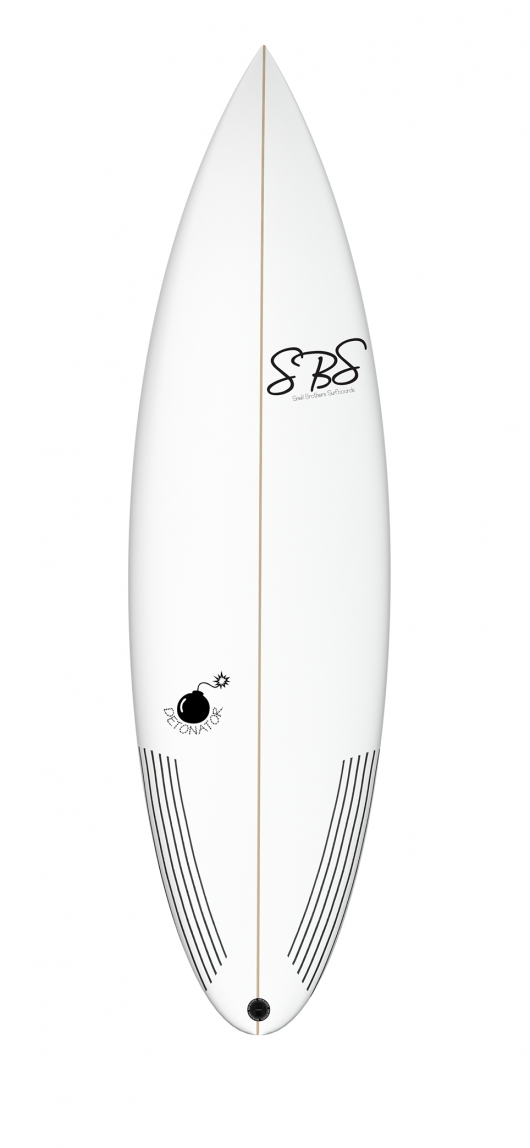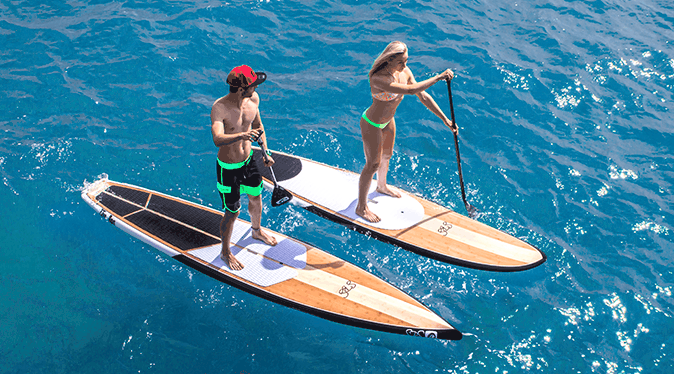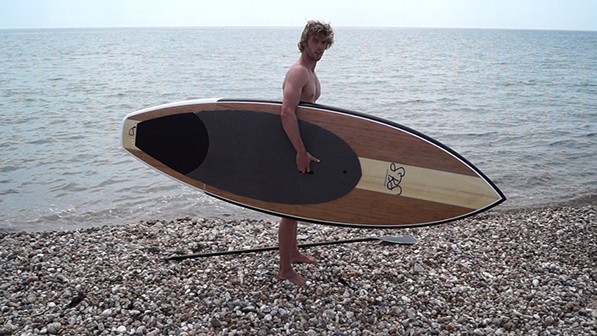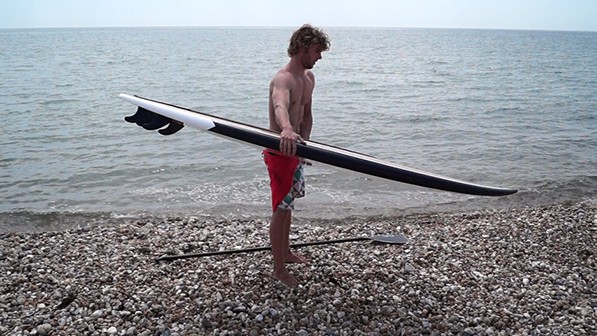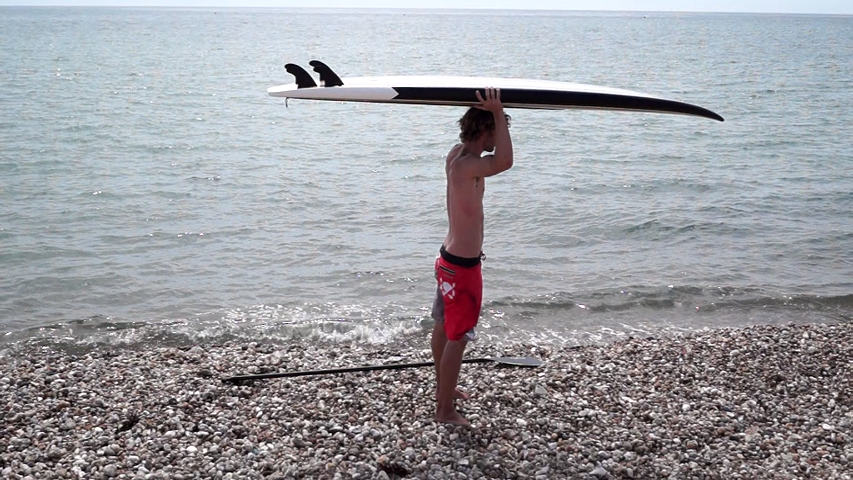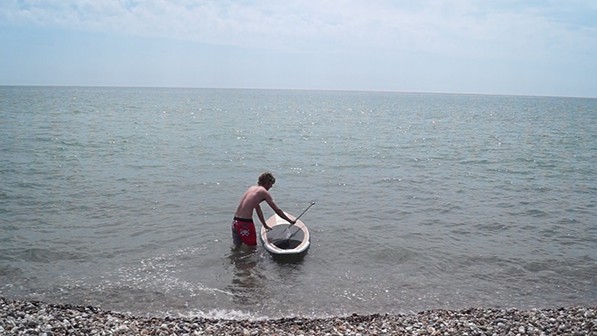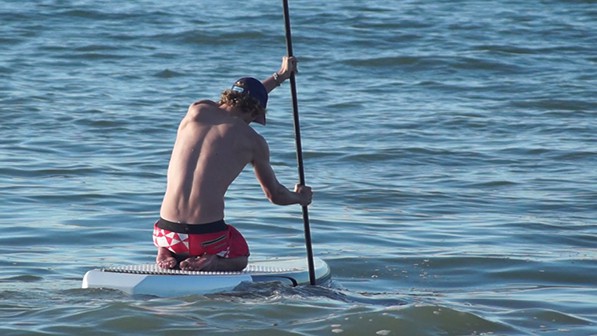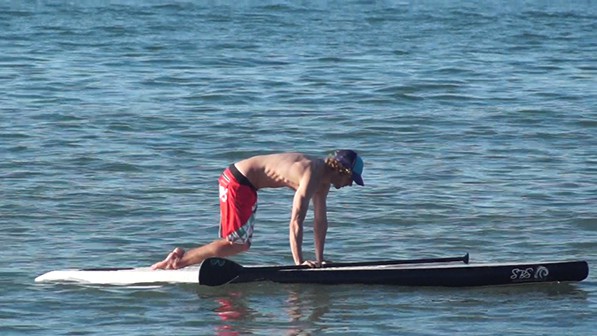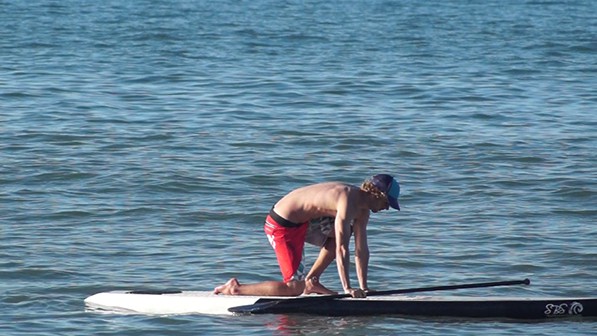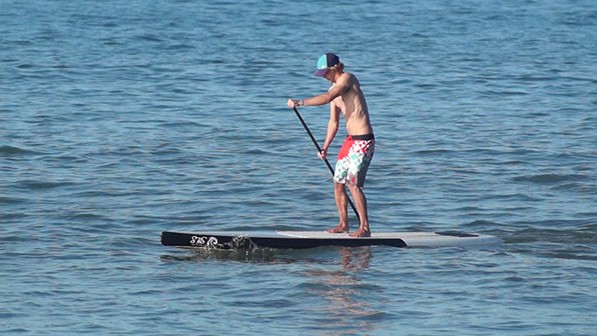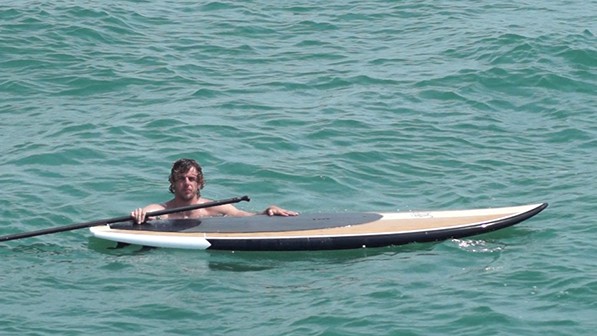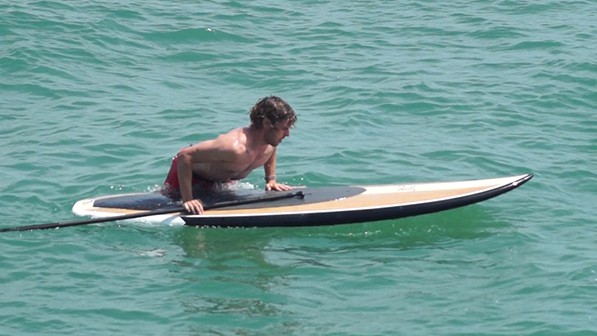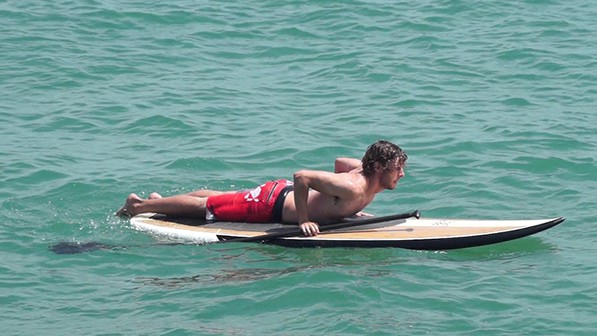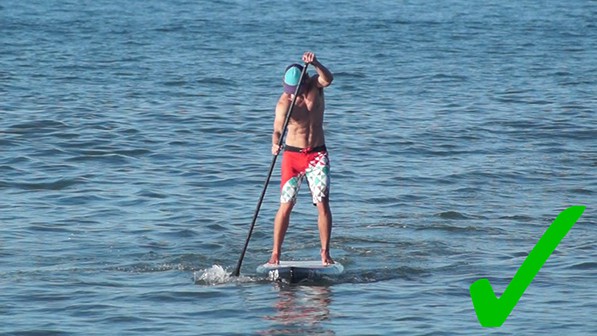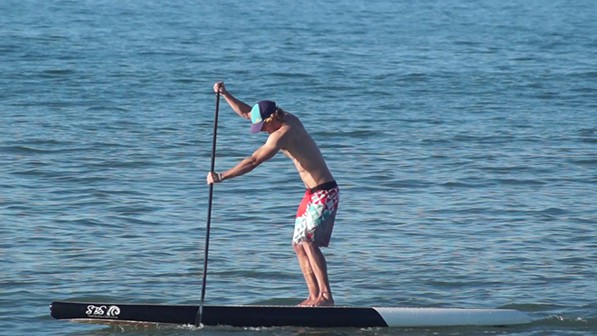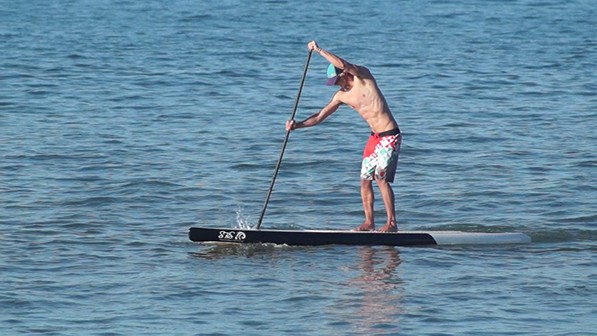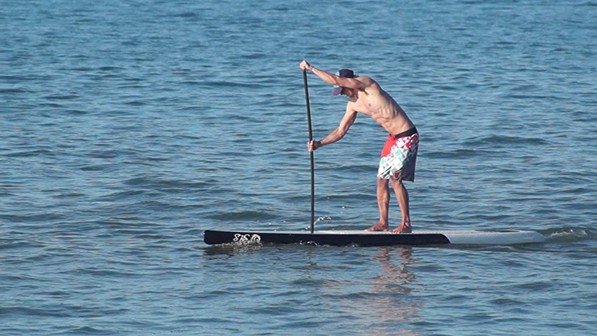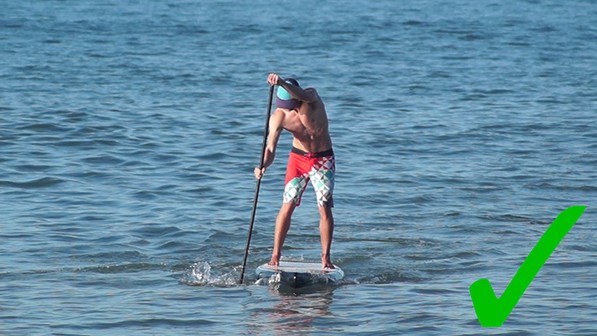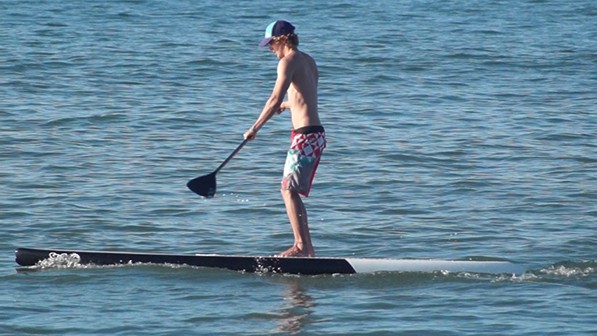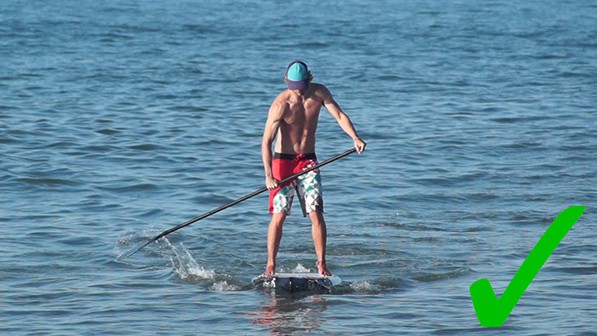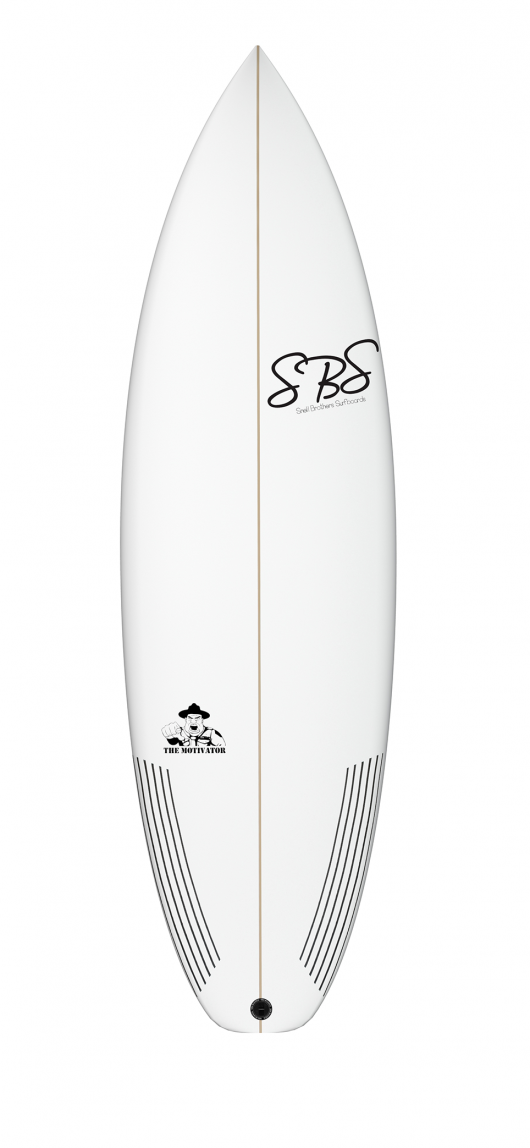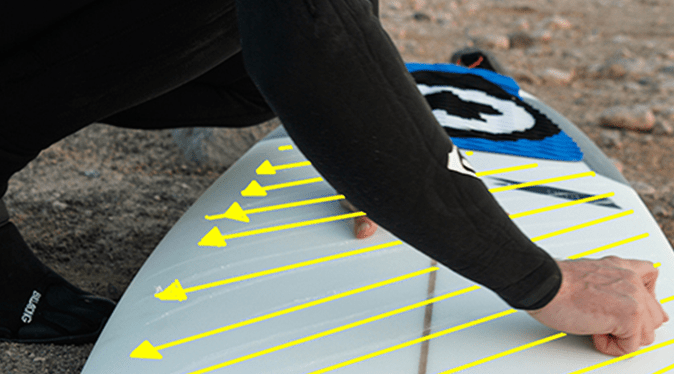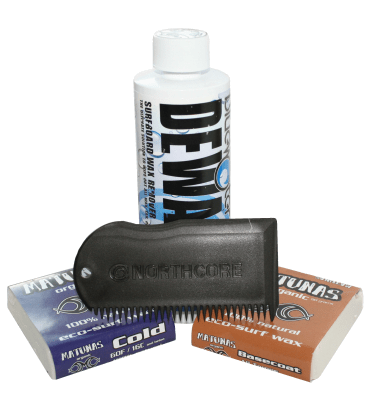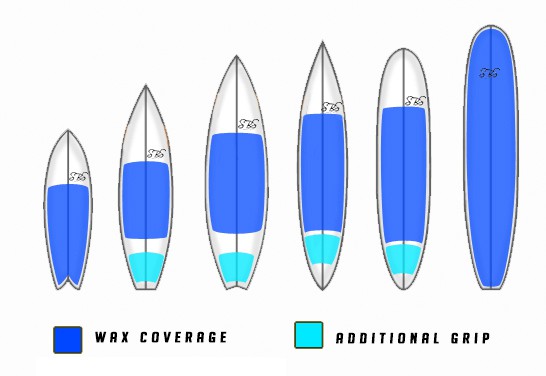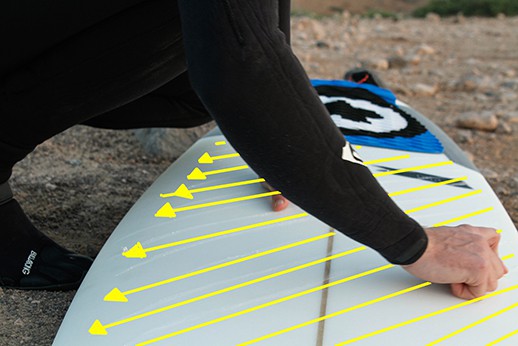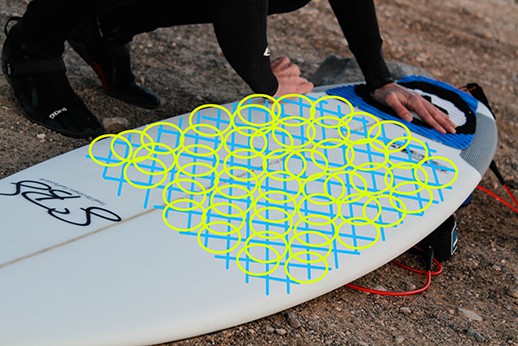
Beginners guide to choosing the right surfboard
So you got the bug and you decided to buy your first surfboard you have a couple of goes and looking to make that first purchase and commit to the surfing life style, but what one to buy?, One of the most common questions asked by beginners. Whatever your level of surfing experience, is getting the right board for your skill level, this is crucial to you progression in surfing
Surfing is personal to everyone and with today’s ever increasing variety in choice of boards, styles and materials, It can be difficult to pinpoint your perfect board. Below we have given you a rough board guide to what boards would be suitable for your progression subject to personal interpretation, depending on how much you surf.
When buying a surfboard it’s always a good idea to try to get some expert advice either from a surf coach/instructor a local board shop or an experience friend as they will be able to gauge a better idea of you surfing level, local conditions and needs. This being said whenever buying a new board it good to keep in mind 3 key principles that will make a big difference to your surfing success
Rocker
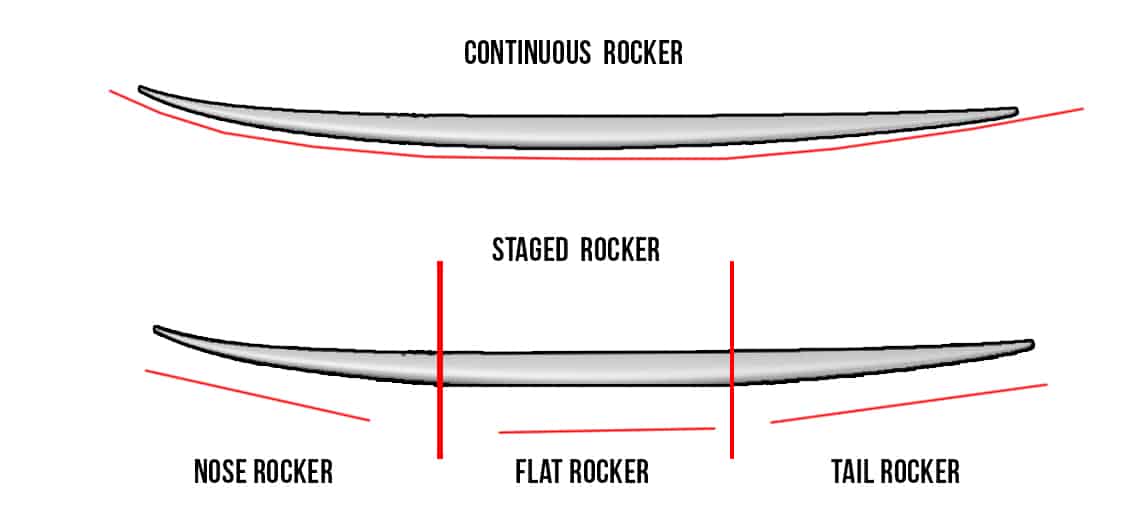
A higher or increased nose rocker is usually attributed to boards designed for bigger-more hallow waves. More rocker in the nose allows for a shape that will not “pearl” or plunge into a large, steep wave face when you dropping in were as a flatter more relaxed rocker will help the board to plane quicker and more efficiently, but it will reduce manoeuvrability and increase chance of pearling on take off.
Increased tail rocker can be found in boards shaped for optimal manoeuvrability. A tail that bends off of the water’s surface provides more lift and sensitivity in the tail for driving through radical turns.
Generally speaking, on your standard surfboard, less overall center rocker means the board will glide and paddle better and be more suitable for beginners. More rocker will accommodate intermediate and experienced surfers looking to use every area of the board in order to generate speed and turning power. Aggressive surfers may seek more rocker in their bigger wave boards because the curvature of the nose allows for late drops on consequential waves.
Volume
Volume: the amount of space a surfboard occupies, usually expressed in cubic litres (i.e., 35 CL’s). Basically, the surfboards [length x width x thickness] will yield the volume of a surfboard. However, the key to the placement of the volume, as well as the surfboard’s foil, affects the overall volume of a surfboard greatly.

Volume at its fundamentals can be displaced in a variety of ways in a surfboard e; a 6’6 good wave shortboard can easily have less volume than a 5’6 groveller surfboard. Knowing the right volume for you – a subjective combination of personal preference, body weight, experience, age, fitness, skill level, riding style, etc. – will ensure that you don’t buy a surfboard with too much or too little volume.
To get a rough guide on the volume you need check out our volume calculator
Too little volume on your board means you won’t catch as many waves and will have trouble generating speed this is because of increasing resistance (Drag). Too much volume means the board will feel bulky, hard to transition and turn. But will have less drag and be easier to paddle and catch waves as well as achieving planning speed with less velocity. The more drag you have, the less acceleration you’ll have. Surfers know this intuitively. How many waves have you paddles for and missed just barely, by a half stroke? With a little more volume and little less rocker to help with speed Imagine how many more waves you can catch.
Length
Length of a surfboard is the distance from the nose to the tail of a board. Length can be hugely critical to a surfer’s progression as many beginners make the classic mistake of buying a board too short for them limiting their progression and success in surfing
A few other Considerations to think about when buying a board…
Durability– as a beginner you may hit things with your board or fall on it, so you want to make sure that your board is durable
Practicality will it fit in your car, do you have some were to store it
Manoeuvrability– being able to hold you board under your arm or on your hard and even the right weight can all affect manoeuvrability in and out of the water
Progression– if you’re lucky and are planning on surfing every day think about buying a board that you can progress with. Or if you’re going to surf 1-2 times a year think about a board that will allow you to have fun for in that time.
Fins – as a beginner 3 fins (thruster set up) or a single fins will be adequate also make sure that your fins match the fin boxed of your board i.e. (FCS, Future fins)
So what should I look for?
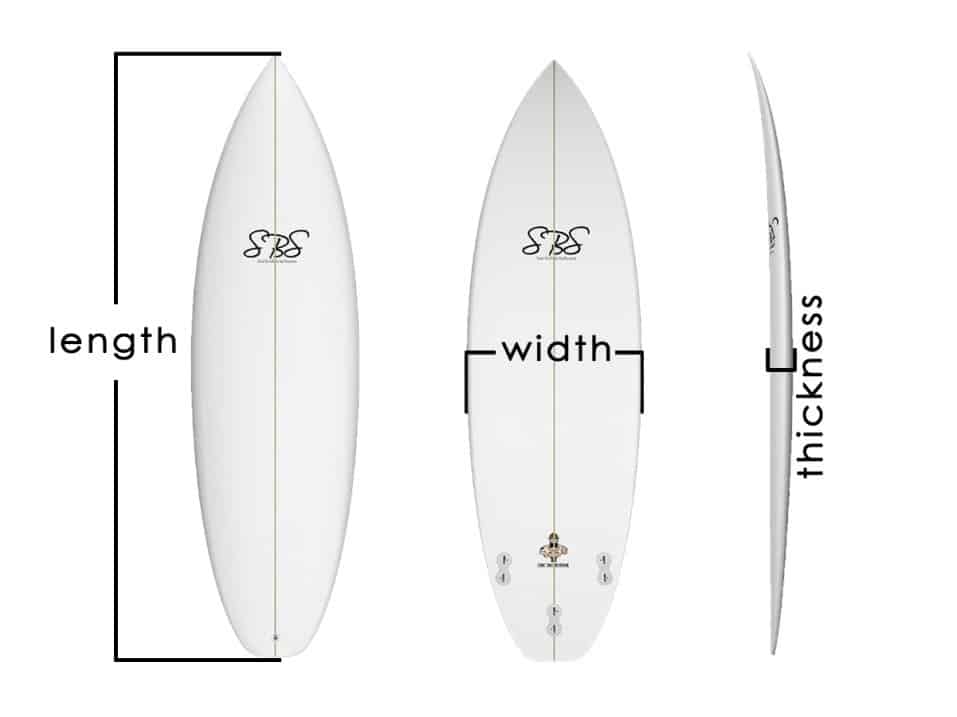
Length
This is pretty important between 6’8″ to 8 ft long as a beginner “depending on your height”. Try to keep it about a foot to a foot and a half taller than you.
Width
Wider the better. The wider the surfboard the more stable it will be the easier it will be to ride and stand, anything from 20 to 22 inches across, you want to be able sort of fit it underneath your arm, of course this won’t be possible if you got short arms.
Thickness This is important because the thicker the surfboard the more buoyant it is and it will be easier to paddle. Stay within 2-1/4 to 3 inches thick dependent on your weight.
If you are a small person then the thickness can be around 2 to 2 1/2 inches
If you are average size then go for something 2 1/2 to 2 3/4 inches.
If you are a big dude then 3 inches should float you.
Don’t get something to big and thick because then you will have a very hard time maneuvering it around.
A rough guide to what surfboards would-be a good idea
- “I only surf 1-2 days a year” = Foamboard
- “I surf about 5-7 days a year” = Foamboard, Longboard, Minimal
- “I surf at least once a month” = Longboard, Minimal, Magic Carpet
- “I surf a few days a month” = Longboard, Minimal, Magic Carpet or Fish big shortboard, Grovler.
- “I surf every week” = Longboard, Minimal, Magic Carpet, Fish or Big Shortboard, Grovler performance shortboard
Best Surfboard for a beginner.
Depending on you height weight and skill level you will want something with the following quality’s
- Long
- Wide
- High volume (depending on your weight and weight) Check our Volume calculator to find your perfect volume (Button )
- stable
- easy to catch waves
- easy to paddle
- easy to control
A great first time beginner board would be either a “soft top” or a “mini mall” board.
Choosing the right surfboard for you
Foam Board/ Foamie: Length 7ft – 9ft
Pros
- Cheap to buy (Lost of secondhand surf school boards available)
- Soft Safe – if it hits you won’t hurt like a hard board
- You can surf white-water
- Easy to catch most waves
- Perfect for surfers surfing one or twice a year
Cons
- Weight – holding can be quite difficult for big and heavy
- Larger boards harder to transport
- Can absorb a lot of water
- Not much cheaper than hard surfboards
- Not ideal for surfing over shoulder-high waves
- Can be difficult to paddle out on when surf is bigger
- Wont last as long as a fiberglass or epoxy boards.
Longboard: Length 8ft – 9ft+
Pros
- Fast track progression, your learning to surf a hard board
- More responsive, faster and more maneuverable than foam boards
- Can learn to do longboard moves – like cross stepping, hanging 5 etc
- Able to surf in bigger waves above head high
- Holds its re-sale value well.
- Always great to have a longboard for smaller summer conditions.
Cons
- Difficult to fit in most cars if it’s over 8ft
- Heavier and bulky to carry item to carry
- Hard surfboard means it’s going to hurt more than a foam board if it hits you
- Can be more difficult to catch waves than a foam board
- Can be difficult to transport on airplanes because of their length
- Good for unbroken ‘green’ waves not as great in the whitewater
Mini-Mal Surfboards: Length 7’0 – 8’0
Pros
- Smaller than longboard, easier to carry
- Fits in to most small cars
- Easier to paddle out in bigger surf than a large foam board
- Likely to progress your surfing a little faster and improve paddle fitness
- Epoxy versions can be very durable.
- Good resale value. Small amount of depreciation from new
- Long term investment, you can surf minimal forever and perfect for smaller days
- Possible to take on planes
Cons
- Harder to catch waves than a longboard or foamie
- Size – Can be difficult to get out back in overhead high
- Not as fast as smaller surfboards
Fun Board “Magic Carpet”: Length 6’10 – 7’2
Pros
- Similar to minimals, but smaller, fun boards/ Magic Carpet are
- Very stable easy to balance
- Single fin and thruster options available
- Easy to carry Lighter than large longboards and foamies
- Slightly smaller than minimals, can be faster/ easier to paddle out back in bigger conditions
- Good wave range from knee-high to overhead high surf
- Small enough to be allowed on most airlines if you travel
- Progressive enough that you could carry on surfing this type of board for a long time
- Popular boards with the general surfing public, so hold resale value well.
- Small enough to fit in most cars
Cons
- Less volume than a longboard so requires more effort to catch waves
- Can be a more challenging board to learn on for complete beginners than a longboard
- Difficult to rider on steeper more hallow waves because of flatter rocker and wider nose
- Not as fast or as maneuverable as shortboards/ have quite a big turning radius.
Large Fish Surfboard: Length 6’4 +
Pros
- Lots of cool designs available at affordable prices
- Faster and more maneuverable than the other boards covered above (longboards, foamies, minimals and magic carpets)
- Relatively light and easy to carry
- Easier to duck dive under waves when paddling out
- Epoxy versions can be durable
- Can surf small waist-high to overhead waves
- If a beginner can surf a fish then it might be the only board they ever want
- Twin fin, tri 3 fin thruster and quad versions are available
- Small enough to be allowed on most airlines
Cons
- More difficult to catch waves compared to a with larger boards
- Lower wave count for beginners likely. Need to be able to catch unbroken green waves to get the most out of a fish not designed to catch white water with
- Be proficient at duck diving to help get under waves when paddling out.
- Non – epoxy versions get damaged quite easily particular on the nose and fishtail.
‘Big’ Shortboards /Guns /Step ups – 6’6 to 7’2+
Pros
- Fast and easier to turn than longer boards#
- Able to catch bigger waves without sacrificing short board performance
- Lightweight and so easier to carry around
- Will fit in cars easily
- Easier to duck dive out in bigger surf
- Epoxy versions can be durable
- Small enough to be allowed on most airlines
- Tri (3) fin thruster and quad versions are available
Cons
- Harder to catch waves and paddle. Lower wave count for beginners
- Beginners might struggle, shortboards are mainly designed for surfing bigger waves – chest to head high+
- Ability to catch unbroken green waves, not designed to catch white water
- Need to be able to duck dive to be able to get under waves when paddling out.
- Ability to turn and generate speed on a shortboard is key.
- resale value less compared to some of the other boards.
Performance Shortboards 6’6 – 5’10
Pros
- Fast light and very responsive, easy to turn
- Lightweight and so easier to carry around
- Perfect for high performance surfing
- Will fit in cars easily easy to travel with on airplanes
- Easier to duck dive out in bigger surf
- Epoxy versions can be durable
- Variations of Tri (3) fin thruster, and quad (4) available
Cons
- Harder to catch waves and paddle for beginners slower paddling
- Designed for quality unbroken green waves chest to head high+ not for whitewater
- Need to be able to duck dive to be able to get under waves when paddling out.
- Need good balance to maintain stability
- Good Ability to turn and generate speed, to keep you the power zone and the board planning
- Can have weaker resale value compared to some of the other boards.
- Looks the cool but hardest to surf
Grovelers Shortboards 6’2 – 5’4
Pros
- Designed for high performance surfing in small waves (up to shoulder height)
- Fast light and very responsive, easy to turn
- Lightweight and so easier to carry around
- Faster and Plane better than performance shortboards in smaller waves helping to keep speed through turns
- Will fit in cars easily easy to travel with on airplanes
- Wider than performance shortboards easier to paddle and balance.
- Epoxy versions can be durable
- Variations of Tri (3) fin thruster, and quad (4) available
Cons
- Usually has higher volume than performance board so can’t turn as hard
- Less responsive than a high performance board
- Harder to catch waves for beginners more time spent paddling
- Designed for quality unbroken waves or choppy condition chest to head high+ not for whitewater or overhead high bigger waves
- Usually Harder to duck dive in bigger waves than performance board
- Need to be able to duck dive to be able to get under waves when paddling out.
- Need good balance to maintain stability
- Ability to turn and generate speed to stay in the power zone to keep the board planning
- Can have weaker resale value compared to some of the other boards.
Conclusion
So hopefully some of this information has helped you make a decision on what board is best for you. Surfing is a challenge for a lifetime so whether you have hundreds of board or just one. It all comes back to personal preference and the waves you going to be surfing. If you still unsure always good to seek local advice as they will be able to give you firsthand knowledge of the appropriate board to get for the conditions. Remember the more you practice the better you get the more choice will become available to you.
